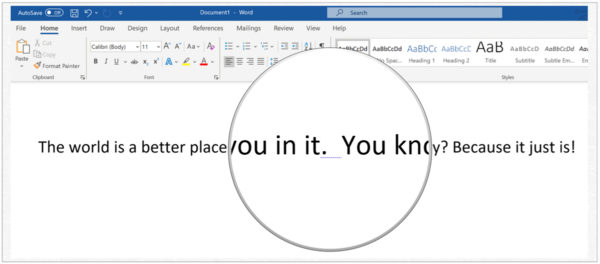I saw a lot of fundraising at year-end.
Halfway through December I began to notice a trend:
Almost none of the year-end fundraising mentioned that any help was needed.
Specifically, I noticed two things:
- The fundraising did not mention that the organization needed any help. It sounded like the organizations were helping everybody they came across and that everything was going great.
- The fundraising did not mention that the beneficiaries or cause needed any help. It sounded like everyone was being helped and all the problems had been solved.
I don’t know if that’s a big trend. It’s just what I saw in the fundraising I received from organizations that my wife and I donate to that I’m not connected to.
Maybe it’s because I’ve been doing direct response fundraising for so long. Maybe it’s because I’ve watched so many organizations start raising more money immediately when they start saying that they need help. Maybe it’s because in all the testing I’ve done or been a part of, “sharing a need that the donor can help meet” is clearly one of the biggest keys to success.
But it just seems deeply weird that, during the biggest season of giving, all these nonprofits are communicating to their donors that everything is going great.
During the time of year when more people are going to read an organization’s fundraising than any other time, the donors are told that everything is going great. It’s implied that the donor’s help isn’t really needed today.
Talk about a missed opportunity!
So, if your organization’s year-end fundraising didn’t raise as much as you would have liked, review your appeals/emails/major donor asks. Check to see if:
- Your fundraising told the donor that their help is needed?
- Your fundraising told the donor that your beneficiaries or cause need help?
If neither of those two ideas are present in your year-end fundraising, add them in next year and you’ll raise more money.
And if you want to raise more money all year long, add them any time you’re Asking for support.










